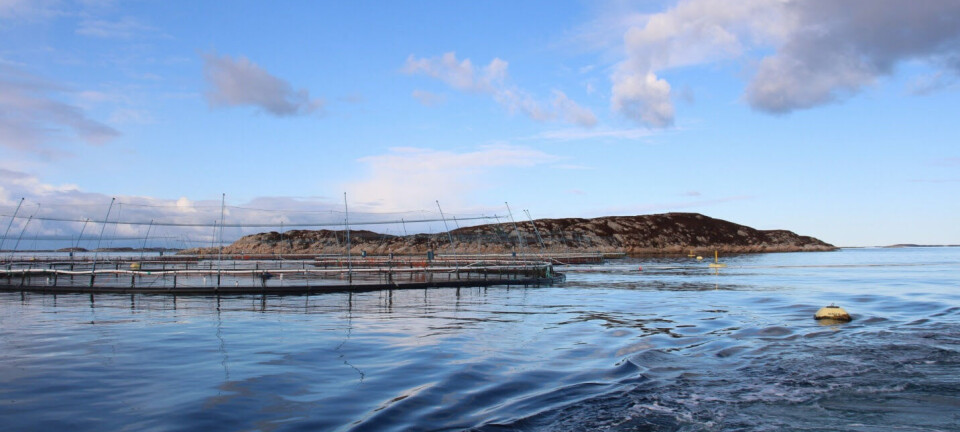
Improved salmon research technique is adapted for other species
A Scottish university’s protocol to extract genetic material from hard or frozen tissue is being applied worldwide
A technique first developed to solve the problem of extracting genetic material from tough Atlantic salmon skin is now being used by scientists researching different animals around the world.
The protocol to study the genetic makeup of tough tissue, such as fish skin and fins, was developed by a team at Edinburgh University’s Roslin Institute.
Their technique, which optimises an existing method of extracting the nucleus from cells to study their DNA and RNA, meets a need for a standardised practice to remove the nucleus from a variety of tissue cells. It allows researchers to understand what cells are doing in their natural state, without being disturbed by removing them from tissues.
Challenging skin
This method was developed to work with Atlantic salmon, as obtaining good quality nuclei from skin samples has previously been challenging, according to an article on the Roslin Institute website.
The protocol has since been adapted for use in different tough or flash-frozen tissue and in a variety of species, such as mice, sharks, rabbits, shrimp, and sea lice.
Scientists sought to develop a method that enables sample quality to be preserved, without using enzymes or heat which can damage cells, especially in cold-blooded species such as fish.
This method isolates the cell nuclei by putting frozen and minced tissue samples in a specialised salt solution, and filtering the solution until debris are removed and only the nuclei remain.
Specialised equipment then reads genetic information from the individual nuclei, facilitating the preparation of libraries for genomic sequencing.
Wide network
“We use this method here in Roslin, and we’ve had collaborators from across the world telling us they use it. It’s given us a wide network of collaborators and researchers that are taking up this methodology,” said postdoctoral research fellow Dr Rose Ruiz Daniels.
Dr Diego Robledo is a career track fellow at Roslin and leads a team that is investigating the genomic basis of resistance to sea lice of Pacific salmon species, with the main aim of transferring it to Atlantic salmon using genome editing.
Speaking about the protocol for extracting genetic material, he said: “This method is broadly applicable to most tissue types, improving previous protocols in terms of consistency, cost-efficiency, and nuclei quality.
“This optimised method has allowed us to study sea lice resistance across four salmonid species using a technology known as single-nuclei RNA sequencing, with potential massive benefits for fish welfare.”























































